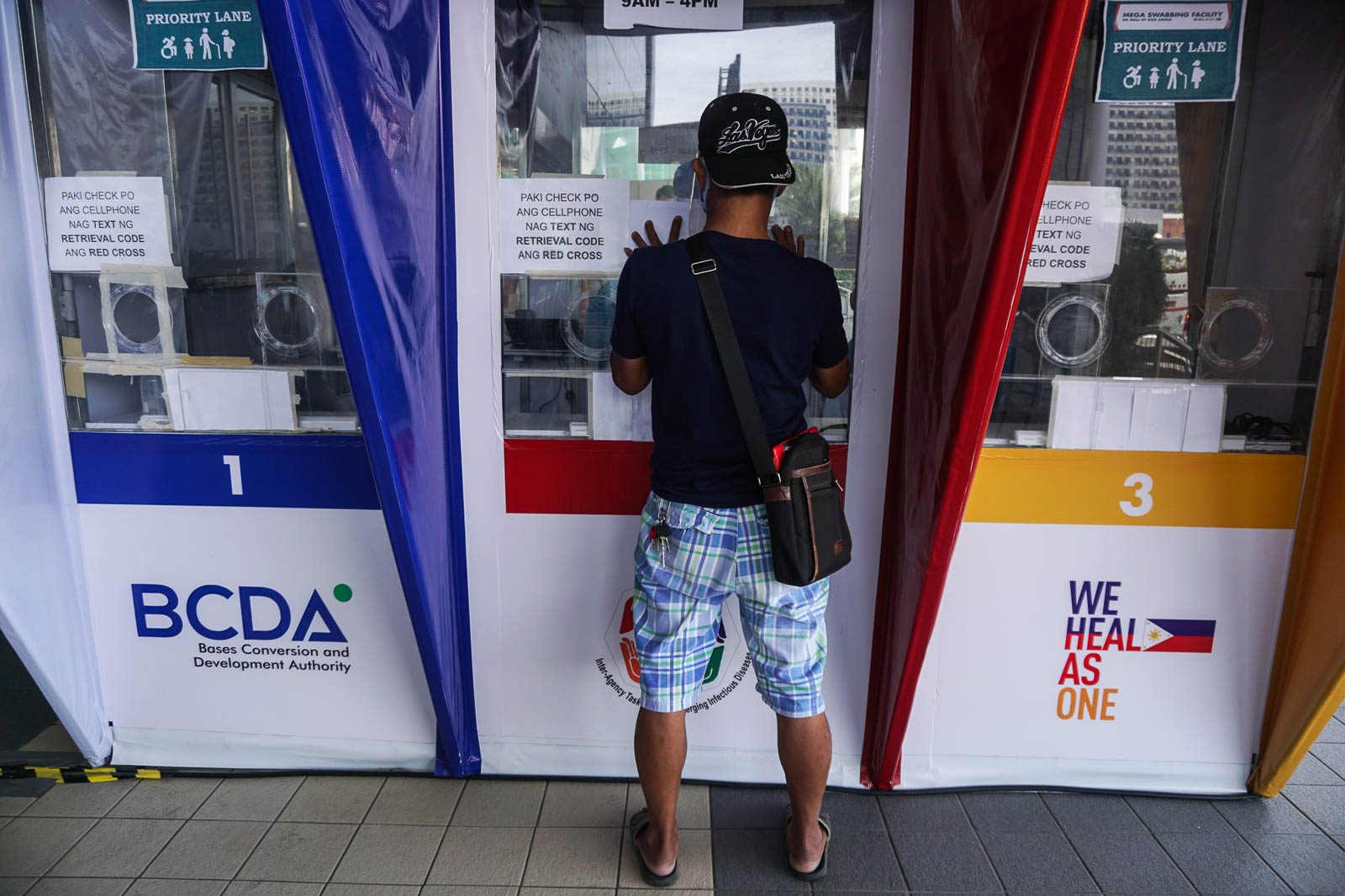SUMMARY
This is AI generated summarization, which may have errors. For context, always refer to the full article.

Six months since the World Health Organization declared the coronavirus a pandemic, former health secretary Manuel Dayrit said the Philippines has not yet been able to control its spread.
Dayrit, an epidemiologist, gave this assessment on Friday, September 11, saying that while lockdowns have managed to slow down the spread of the virus, the country has not been able to stop transmission in communities.
“We’ve not controlled it…. We’re trying to control it but we’re not able to control it, and that’s why its an upward curve and we’re averaging 3,000 to 4,000 cases a day being reported,” Dayrit said during a forum hosted by the Foreign Correspondents Association of the Philippines.
“The epidemic is propagating. Maybe it slows down because of ECQ (enhanced community quarantine) and MECQ (modified ECQ) but it continues on its merry way with new cases every day,” he added.
What cases show
While lockdowns were able to slow the spread of the virus, the number of confirmed cases across the country was still increasing exponentially, including in regions that had relatively few cases in July.
The same was true for cities. Compared to July 21 when only about 42 cities and municipalities reported over 100 confirmed cases, there were 104 cities reporting over a hundred cases as of September 4.
“It’s another way of saying that slowly but surely you have increasing number of cases in the other parts of the country. The potential of epidemic spread is there for every part of the country,” he said.
From the early stage of the pandemic, when only about 140 cases were counted after community transmission was identified and a lockdown was imposed in Luzon, cases grew to over 15,000 by the time the island region went into a general community quarantine. Infections spread further to over 250,000 as of September 11.
Dayrit said with the country’s current positivity rate of 10% and a rising slope in cases, COVID-19 was still spreading in the Philippines. Experts stress countries should bring down its positivity rate or share of people testing positive for the disease to 5% to keep the pandemic under control.
But while this may be the case, Dayrit said were it not for control and response measures (like ramping up of testing, treating, isolation) put in place, the Philippines could have seen a situation “much worse.”
“It could be worse – you could also have been seeing cases of over 10,000 a day if the controls are really not there. So it could be worse, far worse. But if benchmarks are like Thailand and Vietnam, we’re not doing as well as them,” he said.
Why this matters
The former health secretary’s sober take on the status of the pandemic in the Philippines underscores the need to continue building the country’s capacity to test, trace, and isolate patients quickly.
While cases have slowed down in Metro Manila and hospitals experienced some relief from a surge in cases, the former health secretary said it was necessary to ensure these strategies are scaled up to slow down transmission further.
Aside from this, the government should communicate that the virus is still around, and that following health standards like wearing face masks and face shields and physical distancing is still necessary to protect one another.
“We have to learn how to live with the virus and we have to help one another not to infect each other,” Dayrit said.
“We have to keep positive. I think we’re going to eventually beat it over time, but we want to beat it in a way that we minimize casualties. So we have to assess our risks and help prevent infection from spreading,” he added.
The Department of Health earlier acknowledged this, saying that while the Philippines’ pandemic strategies have slowly been working, “nothing is certain at this point.” – Rappler.com
Add a comment
How does this make you feel?
There are no comments yet. Add your comment to start the conversation.